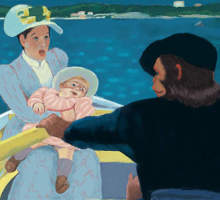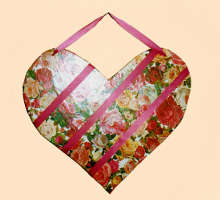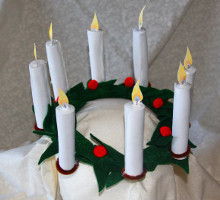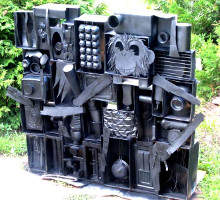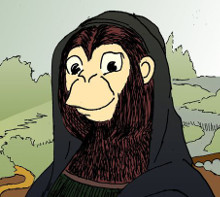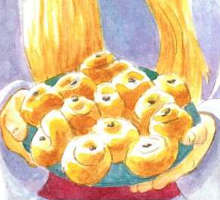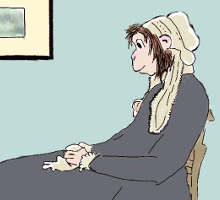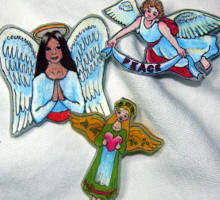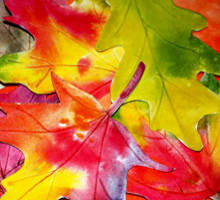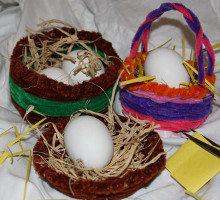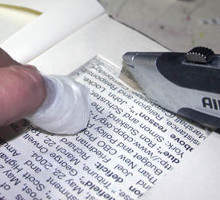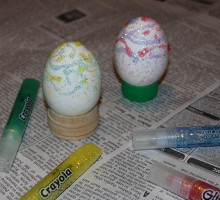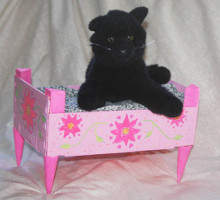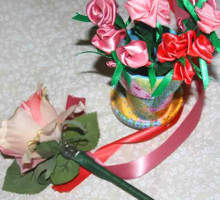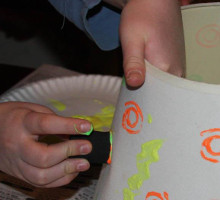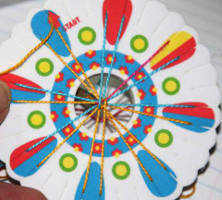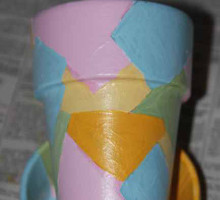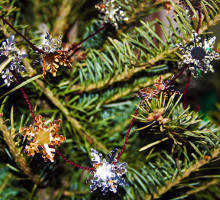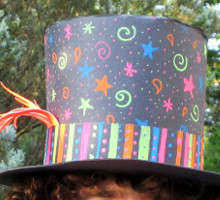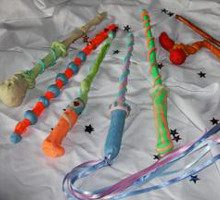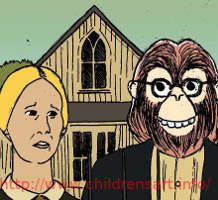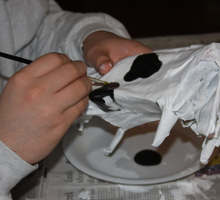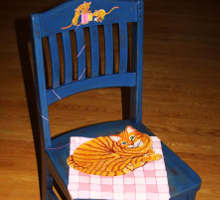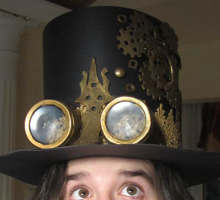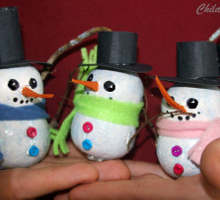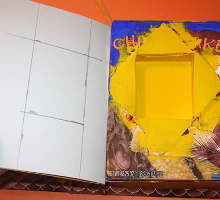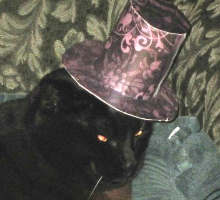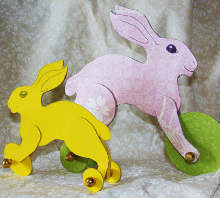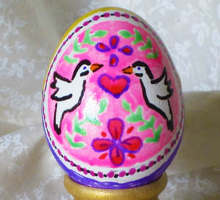Art Lessons for Children: The Chimp and the Unicorn
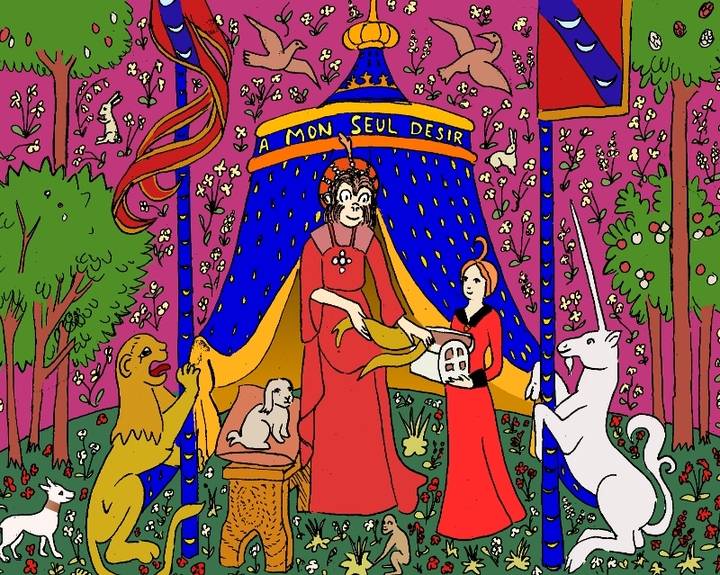

The Chimp and the Unicorn is based on a famous set of tapestries with a mysterious past. If you have ever watched a Harry Potter movie, you may remember copies of these beautiful tapestries hanging in the Gryffindor Common Room. The original tapestries are hung in the National Museum of the Middle Ages in Paris, France.
No information about these tapestries made it into history. So historians have to base their guesses on what they have learned from other art.
Do you see all the flowers woven into the tapestries? During the Middle Ages, Flanders (which is next to France) was famous for making tapestries in the "mille-fleurs" style. In the French language, "mille-fleurs" means a "thousand flowers." Because of the flowers, historians believe these tapestries were woven in Flanders.
Do you see that all the shields and flags have the same coat of arms? This coat of arms (crescent moons on a blue stripe) belonged to a French nobleman named Jean le Viste. In 1480 AD, he was given an important position in the French King's court. Historians believe Jean le Viste celebrated his great honor with this series of expensive tapestries!
Is the lady in the tapestries a real person from Jean le Viste's family? Or is she a character acting out a story that is meant to teach us something? Often in art, certain things are given special meanings. These things become symbols which help tell a story. For example, during Europe's Middle Ages, a unicorn was a symbol of purity, and a lion was a symbol of strength. They were also both symbols for Jesus Christ.
Most people agree that five of the tapestries stand for each of the senses: sight, taste, smell, touch, and hearing. For example, in the tapestry showing "taste," the lady is shown eating candy.
In the sixth tapestry, the French words meaning "My Sole Desire" are woven onto a tent. The lady is shown putting away the same fancy necklace she wore in the other five tapestries. Many people think that this shows that the lady has given up the pleasures of the senses shown in the other five tapestries. When the lady enters the tent, she will be free to spend her time thinking about how to better follow God.
Over 300 years passed before anything at all was written about the tapestries. By the time they were noticed in a small French castle, the tapestries had been damaged by age, poor storage, and damp walls
It was only then that people named the series The Lady and the Unicorn. But to the people who made these tapestries, the lion is just as important as the unicorn. How do we know that? In the tapestries, the lady is much larger than her servants. Making the lady so tall shows that she was an important person. In the same way, the lion and the unicorn are shown at the same size. This shows that they have the same importance.
Then why don't people call the tapestries The Lady and the Unicorn.. and the Lion? When these tapestries were woven in the Middle Ages, very few people in Europe had seen a real lion. They hadn't seen a unicorn either, but they believed unicorns were just as real as lions. But in our time, we can easily see photographs of lions, and many of us have seen lions in zoos. So when we look at the tapestries, the lion isn't as interesting to us as the unicorn.
Unicorns are imaged differently by different people. The unicorn in these tapestries has a goat's beard and hooves. Many people imagine a unicorn as a horse with a horn growing out of its forehead. The Chinese unicorn had green scales and a lion's head. The Persian unicorn had black skin, three yellow hooves on each foot, and a horn curving back towards its head.
What do you imagine a unicorn would look like? Take out a pencil and a piece of paper, and see what you come up with!



